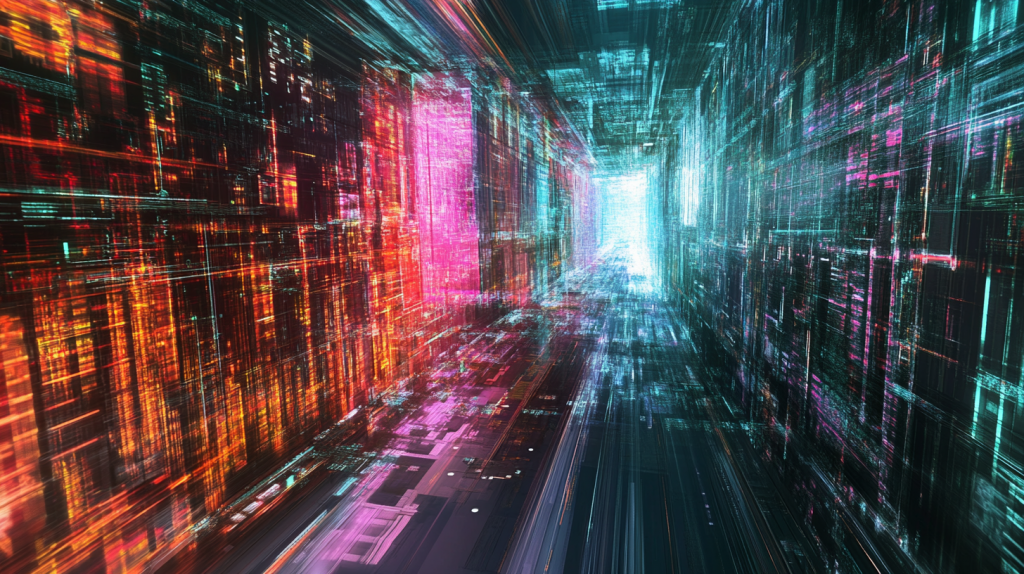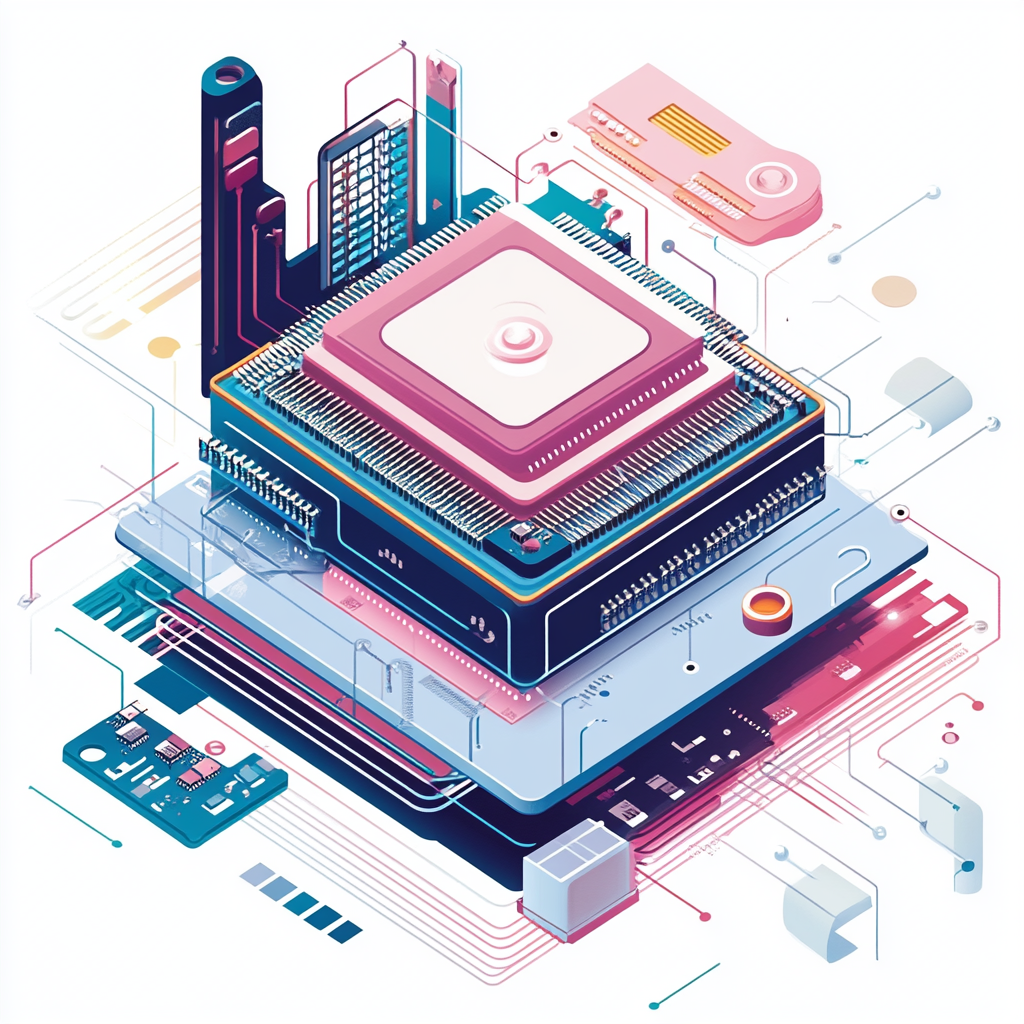💡 We often say: “I have a powerful processor!” or “The processor is loaded.” But have you ever wondered what really happens inside the processor when you open a browser or launch a game? Now we will explain – on your fingers.
🧩 What is a processor?
A processor (CPU) is the brain of your computer. It:
- receives commands from programs,
- processes them (calculates, analyzes),
- and gives the result back.
🧠 If a computer is a body, then a processor is a brain that makes decisions every millisecond.
⚙️ What does it consist of?
The processor inside is not just a piece of silicon. It has several key elements:
1. Cores
Modern CPUs have several cores – like mini-processors inside a single chip. The more cores – the more tasks the processor can perform simultaneously.
📌 For example, a browser runs on one core, and a video editor on another.
2. Cache memory
This is fast memory right inside the processor. It comes in levels L1, L2, and L3. The higher the level, the larger the volume, but the slower the speed.
🧠 Cache stores frequently used data so that the processor does not waste time reloading it.
3. Control Node
Responsible for interpreting instructions – literally translating commands into actions. It tells the other parts what to do and when.
4. Arithmetic Logic Unit (ALU)
This is where calculations occur, from adding numbers to logical operations like “and”, “or”, “not”.
5. Registers
Very small areas of memory where temporary data is stored. Kind of like a desk where the necessary papers are kept.

🧮 What happens when you run a program?
- You click on the icon
- The operating system tells the processor: “Run this!”
- The CPU receives instructions – simple commands: “add”, “move”, “compare”
- These instructions are processed in turn
- The results are written to memory or transferred to the video card/disk
💬 Each operation takes nanoseconds. And in a second, the processor can execute billions of instructions!
🚦 How does it do all this so fast?
Here are a few things that help a CPU be super fast:
- Clock speed (in GHz): how many operations per second it can perform
- Parallel computing: multiple cores working at the same time
- Branch prediction: the processor guesses what instruction will come next
- Piping: divides the execution of tasks into stages, like on an assembly line
🤔 Why can it slow down?
If the processor does not have enough cores, the frequency is low or it is overheating, then everything starts to lag.
Also, its performance is affected by:
- other programs in the background
- lack of RAM
- viruses and miners
🧠 AI and the Future of Processors
Today’s processors not only count, but also learn. New models from Intel, AMD and Apple already have built-in AI units that help with image, speech, video and security processing.
🤖 The future belongs to hybrid CPUs, where intelligence and power work together.
🧷 Inside the processor there is:
- Recognition of commands
- Calculations
- Working with memory
- Control of other parts of the computer
- All this happens at an incredible speed, millions of times per second.

Leave a Reply